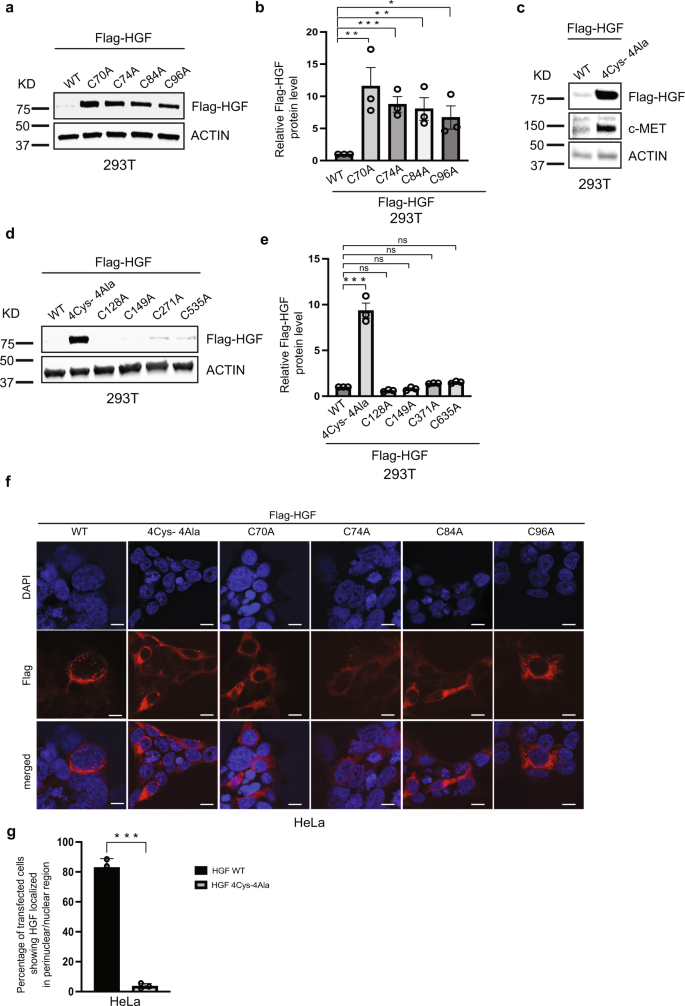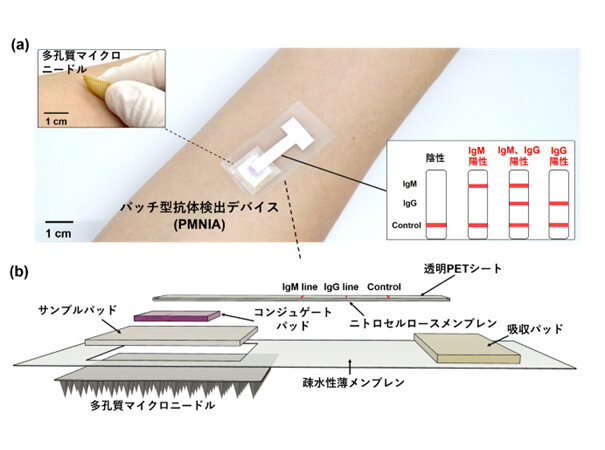2022-07-05 オークリッジ国立研究所(ORNL)
この研究成果は『Nature Communications Biology』に掲載され、乳がんや胃がんなどのさまざまながんに対抗する選択的な薬物療法の開発に新たな道を開くものであることが明らかになりました。
それは、プラスミノーゲン-リンゴ-線虫(PAN)ドメインが、ヒトの腫瘍を増殖させる細胞増殖と、バイオエネルギー作物の植物-微生物相互作用における防御シグナルに関連していることです。この関連性は、研究者がポプラやヤナギなどの作物のゲノムを探索した際に初めて明らかにされた。
今回の研究では、ORNLの研究チームは、PANドメインの機能にとって重要なHGFタンパク質のシステイン残基と呼ばれる4つのコアアミノ酸を特定し、ヒトがん細胞株での挙動を調べた。その結果、これらのアミノ酸のいずれかを変異させると、がん細胞で異常に高まっているHGF-c-METと呼ばれるシグナル伝達経路がオフになり、がん細胞が急速に増殖・拡大することを発見しました。
システイン残基には多くの機能があることが知られているため、研究者らはタンパク質中の他のシステインもランダムにテストしましたが、HGF-c-METシグナル伝達を遮断する効果はどれも同じであることを発見しました。研究チームは、この4つの重要なシステインを変異させても、タンパク質の全体構造には影響がなく、単にがんシグナル伝達経路を阻害するだけであったと、研究論文の中で指摘している。
<関連情報>
- https://www.ornl.gov/news/scientists-discover-cancer-trigger-could-spur-targeted-drug-therapies
- https://www.nature.com/articles/s42003-022-03582-8
Core cysteine residues in the Plasminogen-Apple-Nematode (PAN) domain are critical for HGF/c-MET signaling
Debjani Pal,Kuntal De,Carly M. Shanks,Kai Feng,Timothy B. Yates,Jennifer Morrell-Falvey,Russell B. Davidson,Jerry M. Parks & Wellington Muchero
Nature Communications Biology Published:01 July 2022
DOI:https://doi.org/10.1038/s42003-022-03582-8

Abstract
The Plasminogen-Apple-Nematode (PAN) domain, with a core of four to six cysteine residues, is found in > 28,000 proteins across 959 genera. Still, its role in protein function is not fully understood. The PAN domain was initially characterized in numerous proteins, including HGF. Dysregulation of HGF-mediated signaling results in multiple deadly cancers. The binding of HGF to its cell surface receptor, c-MET, triggers all biological impacts. Here, we show that mutating four core cysteine residues in the HGF PAN domain reduces c-MET interaction, subsequent c-MET autophosphorylation, and phosphorylation of its downstream targets, perinuclear localization, cellular internalization of HGF, and its receptor, c-MET, and c-MET ubiquitination. Furthermore, transcriptional activation of HGF/c-MET signaling-related genes involved in cancer progression, invasion, metastasis, and cell survival were impaired. Thus, targeting the PAN domain of HGF may represent a mechanism for selectively regulating the binding and activation of the c-MET pathway.


